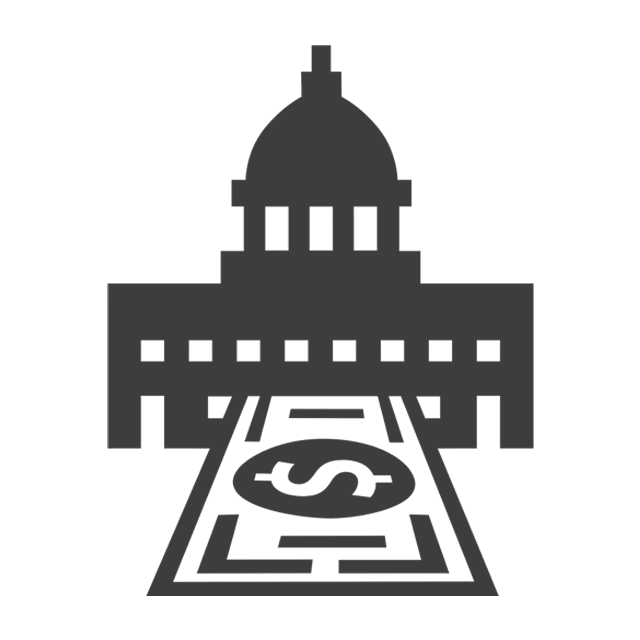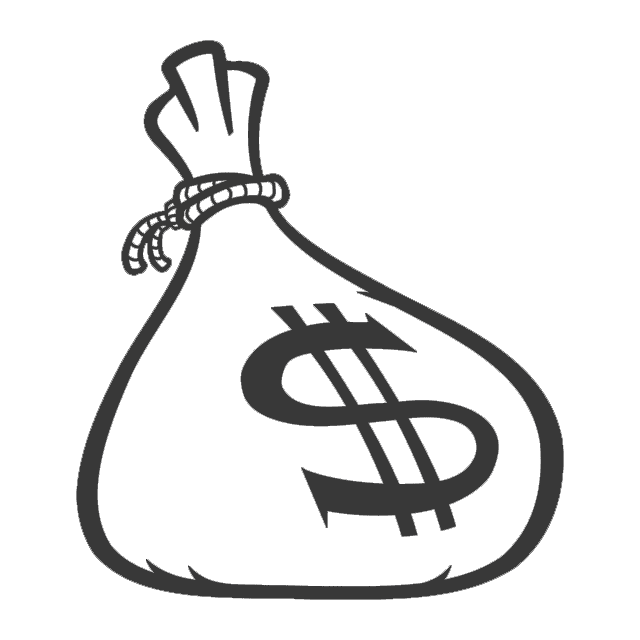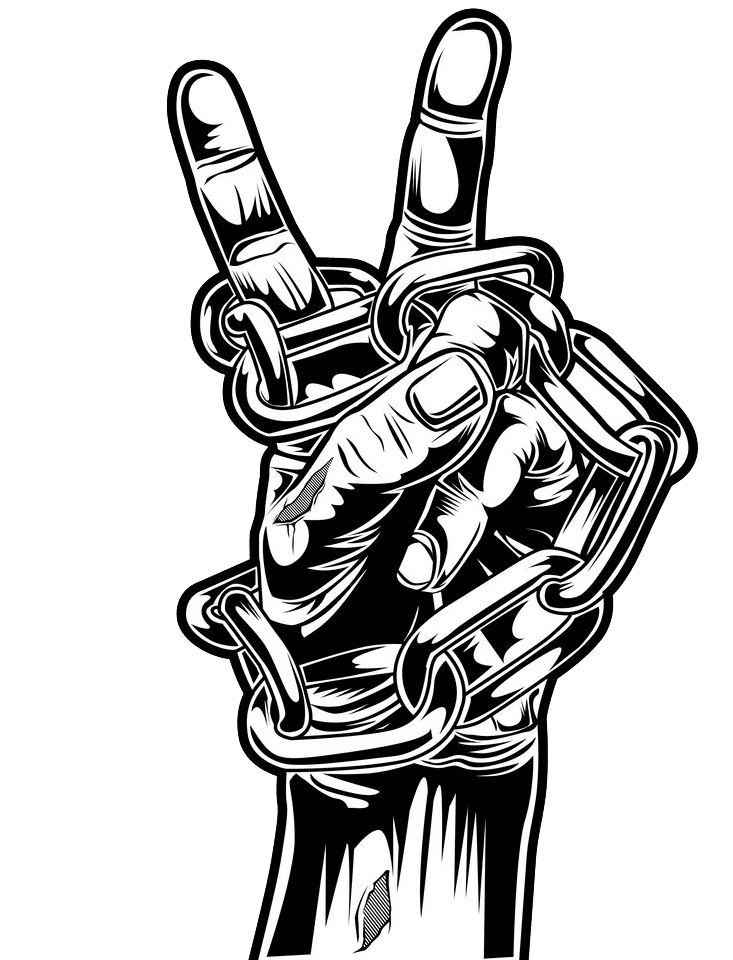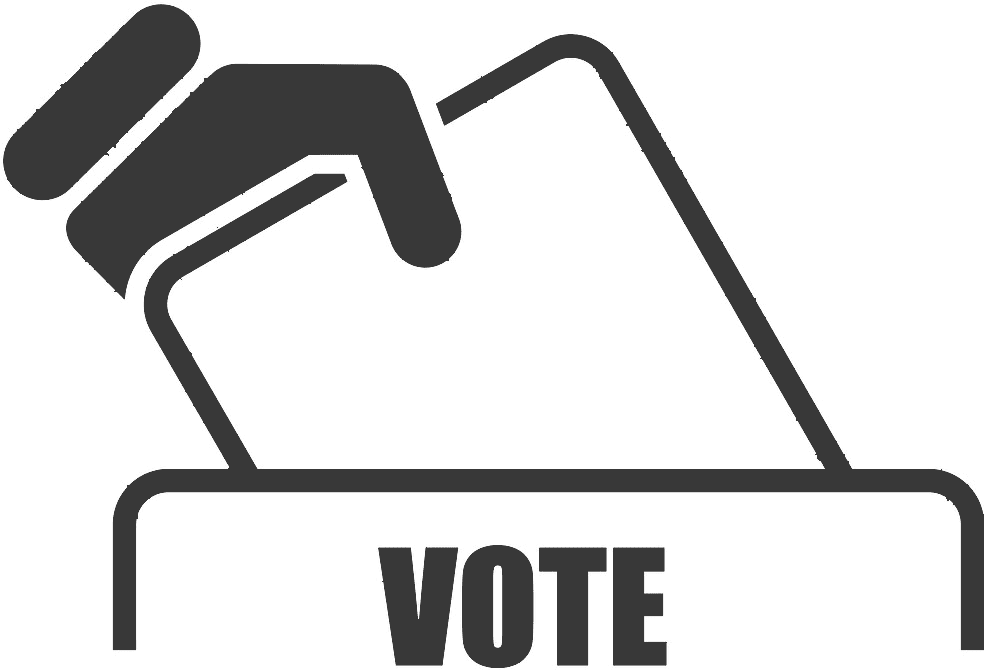On the website Wolf Street, blogger Wolf Richter observed an interesting trend at the end of 2019. It’s no secret that higher education has become increasingly expensive. Over the last three decades, tuition costs have increased by over 100 percent. Student debt now hovers at around $1.6 trillion.

Curiously, college enrollment has fallen for the eighth consecutive year. The total university headcount, which includes both undergraduate and graduate students, dropped by 1.3 percent from the fall of 2018 to the fall of 2019, according to the Student Clearing House.
To put this in perspective, there were 20.14 million students enrolled in the fall of 2011. By 2019, 17.97 million students were enrolled, marking a 10.8 percent drop of 2.17 million students. What makes these figures even more peculiar is how much student debt has continued to increase. Richter noted that “student loan balances have surged 74% over the same period, from $940 billion to $1.64 trillion.”
Such trends have not gone unnoticed. 2020 Democratic presidential candidates have made higher education reform a fixture of their campaign platforms. Vermont Senator Bernie Sanders is advocating for a complete government takeover of higher education through his free college and student debt cancellation proposals.
Massachusetts Senator Elizabeth Warren has pursued similar plans by promoting student loan forgiveness. This is a brilliant campaign strategy given the disenchantment of Millenials who are entering the workforce with tons of debt and current generations of students who will likely find themselves in a similar situation. However, what attracts votes does not translate into good policy, especially when it involves the government taking over the education sector.
American higher education is already too politicized as it is. With even more expansive government influence in the mix, college curriculum will only become more susceptible to political manipulation. Instead of gaining skills that translate to the private sector, students will be subject to constant indoctrination.
The original problem of higher education is a problem that the government created in the first place through government-backed student loans. In securing these loans, the government artificially boosted demand for higher education. In response to this demand, university administrators responded with tuition hikes. But the education question goes even deeper. One can make the case that government involvement in the university accreditation process has proven to be a constricting factor that limits the number of educational institutions that can emerge.
In turn, this protects established universities from the competition of upstart higher education models that get priced out by accreditation compliance standards. It’s really a question of education supply, which when restricted, makes the overall price higher for the service.
It’s basic economics at the end of the day. But for politicians crazily looking for votes, this does not factor into their equation. What we’re witnessing in higher education is what happens when we deviate from traditional educational policies that allow civil society and the market to provide the service, as opposed to state-sponsored programs.
Circling back to the declining enrollment observation, one can speculate that parents and students alike are beginning to recognize that university degrees may not have the same value as they used to. In turn, people are going to community colleges, technical schools, or opting to learn a trade.
More pragmatic post-secondary education reforms would likely involve the liberalization of the trade school field and incentives for students to enter those fields instead.
The traditional university degree might not be the most financially sound investment for many people, and policymakers should adapt accordingly.




















